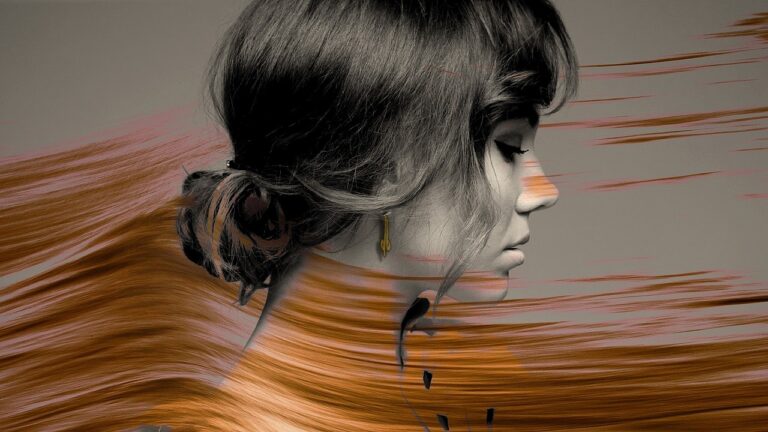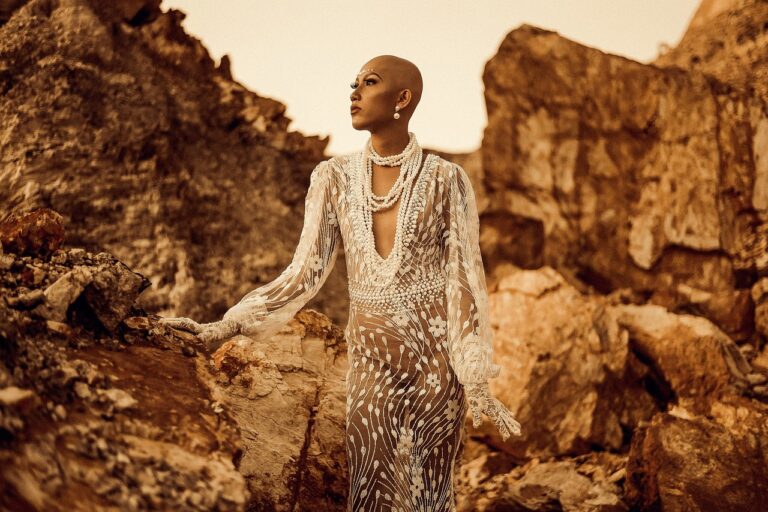Analyzing the Evolution of Streetwear Culture
The evolution of streetwear culture traces back to the late 1970s and early 1980s when urban youth began incorporating elements of skateboarding, hip-hop, and surf culture into their everyday attire. What started as a reflection of the rebellious spirit and individuality of subcultures soon gained mainstream popularity and transformed into a global fashion phenomenon.
As the influence of streetwear continued to grow, established fashion designers and brands started taking notice and collaborating with streetwear labels to create limited edition collections. This fusion of high fashion and street style blurred the lines between luxury and street culture, paving the way for a new era of fashion where authenticity and self-expression were celebrated.
Origins of Streetwear
Streetwear emerged in the 1980s as a rebellious response to the mainstream fashion industry. Born on the streets of urban cities, it was a way for youth to express their individuality and creativity outside of traditional fashion norms. Influenced by elements of hip-hop, skateboarding, and graffiti art, streetwear took on a unique aesthetic that blended the worlds of music, sports, and art.
The rise of streetwear was fueled by a desire to break away from the exclusive and elitist nature of high fashion. Brands like Stussy, Supreme, and A Bathing Ape paved the way for the movement, creating clothing that was rooted in the ethos of street culture. These early pioneers of streetwear understood the power of self-expression through clothing, leading to the democratization of fashion and the birth of a new style paradigm.
Influence of Hip-Hop and Skateboarding
Hip-hop and skateboarding have played significant roles in shaping the streetwear culture as we know it today. The fusion of music, fashion, and art that emerged from these subcultures has had a profound impact on the way people dress and express themselves.
The authenticity, rebellious spirit, and bold individualism inherent in hip-hop and skateboarding have translated seamlessly into streetwear fashion. From baggy jeans and graphic tees to sneakers and hoodies, the influence of these subcultures can be seen in the staples of street style worldwide.
• The DIY ethos of skateboarding has inspired brands to incorporate raw, edgy designs and distressed fabrics into their collections
• Hip-hop’s emphasis on self-expression and creativity has encouraged fashion designers to experiment with bold colors, patterns, and silhouettes
• Both subcultures have challenged traditional notions of beauty and style, promoting inclusivity and diversity in the fashion industry
• Collaborations between hip-hop artists, skateboarders, and streetwear brands have blurred the lines between music, sports, and fashion
• Streetwear enthusiasts often look to hip-hop icons like Kanye West or skateboarders like Nyjah Huston for style inspiration
How has hip-hop influenced streetwear culture?
Hip-hop has had a significant impact on streetwear culture by popularizing certain brands, styles, and trends within the fashion industry.
What are the origins of streetwear?
Streetwear originated in the 1980s and was heavily influenced by the surf and skate culture of California. It was a way for individuals to express themselves through their clothing.
How has skateboarding influenced streetwear?
Skateboarding has played a major role in shaping streetwear fashion trends, with many brands and styles being inspired by the skate culture.
What are some popular streetwear brands that have been influenced by hip-hop and skateboarding?
Some popular streetwear brands that have been influenced by hip-hop and skateboarding include Supreme, Vans, Stussy, and Palace.







